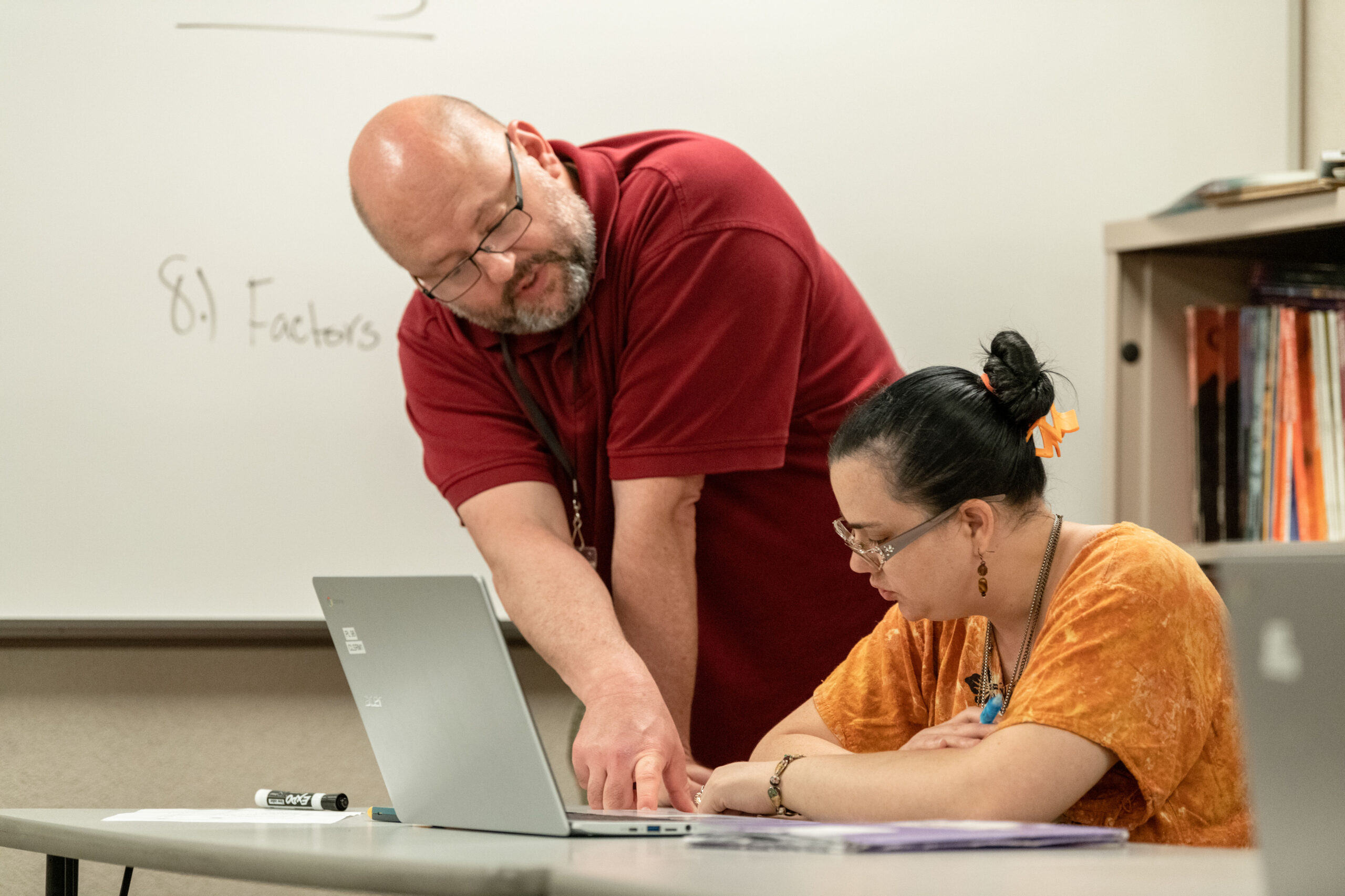
Literacy was defined by Congress in the National Literacy Act of 1991 and the Workforce Investment Act of 1998 as "an individual's ability to read, write and speak in English, and compute and solve problems at levels of proficiency necessary to function on the job, in the family of the individual and in society."
The 1992 National Adult Literacy Survey (NALS), conducted by the U.S. Department of Education, created a literacy continuum to measure levels of literacy. NALS divided the continuum into five levels, Level 1 being the lowest and Level 5 the highest. A National Assessment of Adult Literacy is being conducted in 2002 to provide updated information on adult literacy levels.
An individual who is illiterate cannot read or write at all. Persons with low literacy skills would be in the NALS Levels 1 and 2. According to the survey results, almost all adults in Level 1 can read a little but not well enough to read a food label or a children's story, or to fill out an application, such as one for employment. A person with Level 1 literacy may have difficulty finding an intersection on a street map, understanding prices on a menu, totaling the numbers on a bank deposit slip, locating the time and place of a meeting on a form, so that ability to function independently is affected. Adults at Level 2 can compare and contrast information, such as figuring the cost of something or identifying the difference between two items, but they typically lack problem-solving skills.
According to the NALS results, very few U.S. adults are truly illiterate. However, the 1992 survey showed that between 21 and 23 percent, or about 44 million people were at Level 1, and between 25 and 28 percent, or from 45 to 50 million people, were at Level 2. Experts consider adults at Levels 1 and 2 to lack the basic skills needed to function successfully on the job and in society.
While greater numbers of people are being educated, the critical change related to literacy is that skill levels necessary for work and life have increased.
NALS gave these reasons to explain the approximately 44 million people who were at Level 1 in the '92 survey. These reasons point to factors large and small that impact literacy level:
Clearly, there is no single cause of literacy problems. The reasons are varied but both lack of education and poor quality education are major factors. An adult non-reader may have left school early, had poor teachers, been unready to learn at the time of instruction, or had a physical, emotional or learning disability. And a parent's literacy level is a major influence on a child's.
Children who are not read to from an early age, who grow up in homes without books, newspapers and magazines, and who do not observe adults reading for pleasure and information and in other ways serving as literacy role models, are more likely to have literacy deficiencies.
Research shows that early experiences with books and being read to are vital for developing young readers. Experts recommend that children be read to from infancy on. They encourage the reading of familiar stories over and over, to give children time to pick up on language patterns and conventions of print. And they encourage lots of rich language use and conversation, to build children's vocabularies.
Parents who have low literacy are less likely to do all of these things, which is why their children are at risk for low literacy too.
There are many causes of literacy problems and attitude can be an issue. Some people never discover the pleasure of reading. Lack of literacy role models may impact motivation, and if children don't see adults reading and writing at home and don't get the message that literacy is important, they may be less inclined to work hard at developing these skills. But many Americans with low literacy are learning disabled (LD), which experts believe are neurologically based learning problems that impact the ability to understand and use spoken or written language. According to the National Institute for Literacy, from 3 to 13 percent of people in the general population have learning disabilities. Among adults with low literacy, the estimates are 30 to 80 percent. When activities like reading, writing, listening and speaking are a struggle, people get discouraged and may lose confidence and motivation. But that doesn't necessarily mean they don't care or aren't willing to try.
Visual and aural media (such as TV and the Internet) go hand in hand with written media. Today, more than ever before, people need literacy skills to evaluate messages, create meaning and decipher a variety of media. In order to access the Internet and take advantage of its employment opportunities, civic involvement and information resources, one must be able to read. Use of media such as the Internet requires critical-thinking skills, which are central to being literate.
Even though literacy is defined as more than reading fluently and with comprehension, we can get some insights from the 1999 National Assessment for Educational Progress on reading. Often called the "nation's report card," NAEP tests students in grades four, eight, and twelve. Here are some representative findings on fourth graders that can be extrapolated to apply to all readers:
These findings help demonstrate why Project Learn offers family literacy programs that encourage parents to read to their children.
You can help in Project Learn’s efforts to improve adult literacy in Summit County in a number of ways. You can volunteer to be a one-to-one tutor or classroom aide. Project Learn provides training to help you get started. You can also make a tax-deductible donation to Project Learn. You contribution can help us provide classes and train volunteers. Contact us to sign up for volunteer training or to make a contribution.